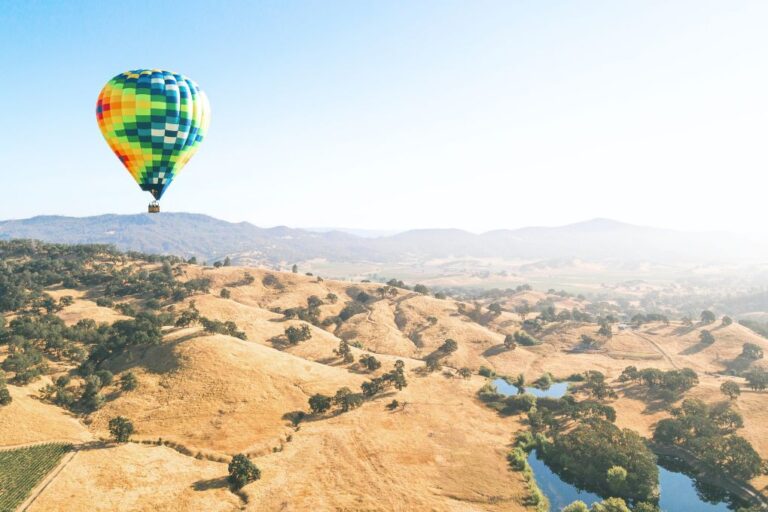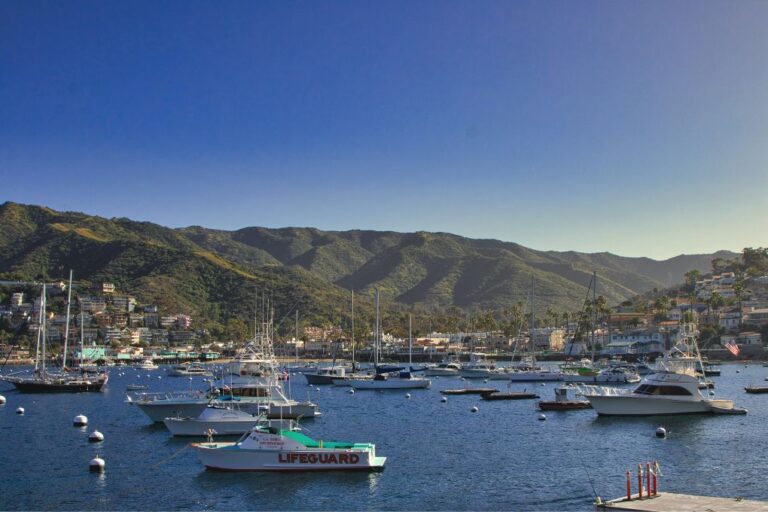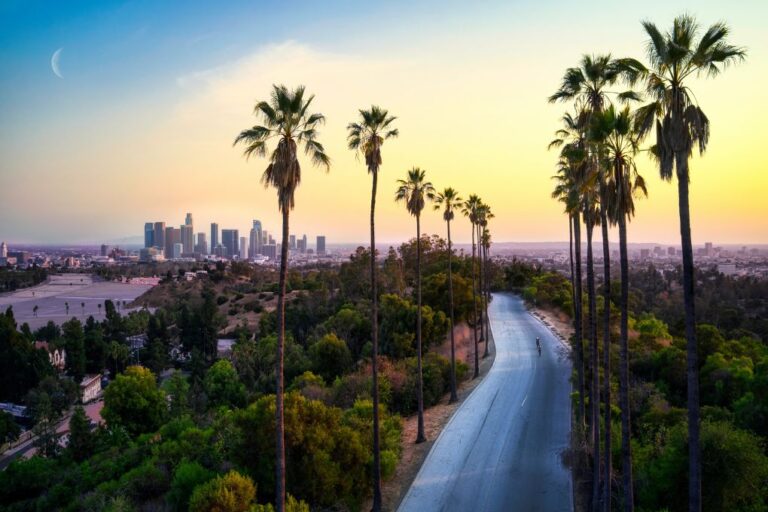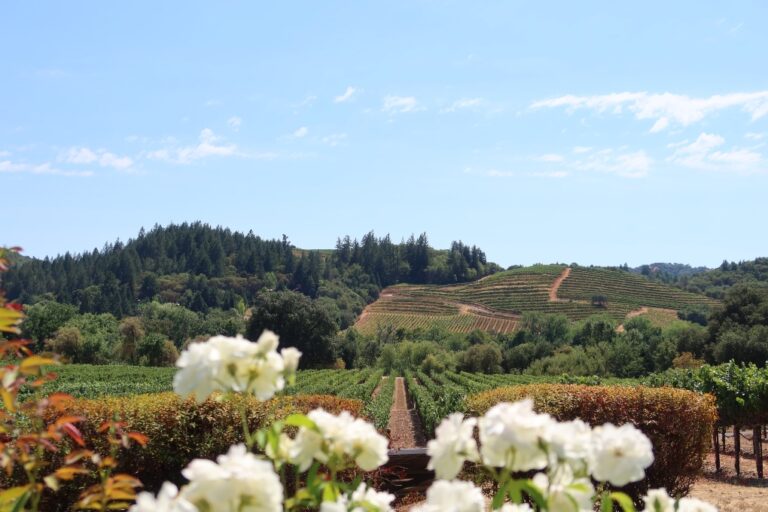Blue Lakes Trail Colorado Full Guide (2025)
Looking for important information about the Blue Lakes Trail in Colorado? We asked Alexander and Laura, the owners of the Travel Blog Lost Between Oceans and experts in Colorado hiking trails, to create this epic guide to exploring the Blue Lakes Trail.
In this blog post, we’ll cover EVERYTHING you need to know to hike to the lakes.
This includes the directions, a downloadable map of the trail (!), statistics of the hike, and so much more!
Let’s get started.
QUICK FACTS ABOUT BLUE LAKES TRAIL COLORADO
Trail length: 6.3 to 11 mi (10 to 18 km)
Elevation: 9,350 to 13,000 ft (2,850 to 3,950 m)
Max elevation gain: 13,000 ft (3,962 m)
Route type: Out and back
Trail timing: Takes about 5 to 8 hours to complete
Open year-round: YES
Dog-friendly: YES
Challenge level: Moderate to strenuous

What Are the Blue Lakes?
The Blue Lakes in Colorado are a set of three beautiful alpine lakes located in the San Juan Mountains. These lakes are known for their stunning blue and turquoise colors, which are the result of glacial runoff and the unique mineral composition of the water.
The three main Blue Lakes are Lower Blue Lake, Middle Blue Lake, and Upper Blue Lake. They are a popular destination for hikers and outdoor enthusiasts due to their scenic beauty and the opportunity for various recreational activities.
Location of the Blue Lakes Trail Colorado
First thing you NEED TO KNOW:
The Blue Lakes Trail is located in the Uncompahgre National Forest in Colorado. The trailhead is near Ridgway, a small town between Montrose and Ouray on Highway 550.
To reach the trailhead from Ridgway:
- Drive south on Highway 550 for about 0.2 miles.
- Turn right onto County Road 7 (also known as CR7 or Dallas Creek Road) and continue on this road for about 14 miles until you reach the Blue Lakes Trailhead parking lot.
The trail offers stunning views of the Blue Lakes and Mount Sneffels, one of Colorado’s famous “fourteeners” (mountains over 14,000 feet in elevation). The area is famous for its wildflowers, wildlife, and the striking blue-green color of the lakes.
You can DOWNLOAD THE MAP via AllTrails so you can use your phone to navigate the trail.
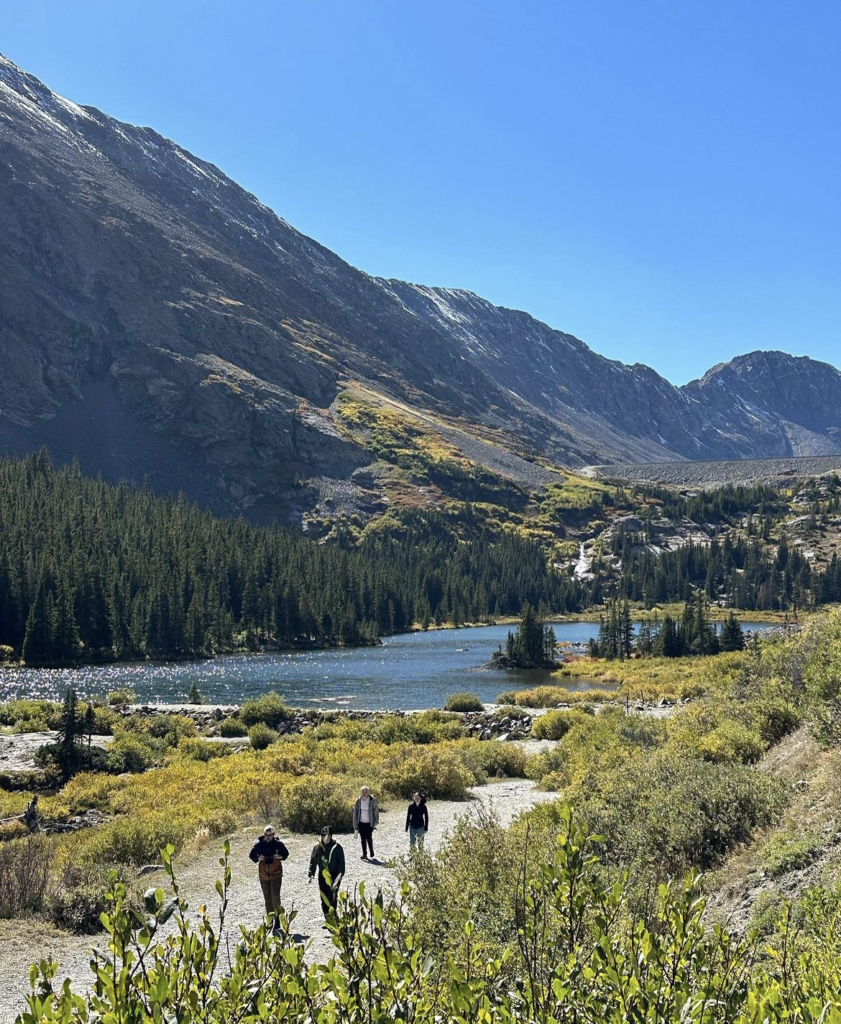
Trailhead: Directions (start the trail at the Blue Lakes Trail parking lot)
Fees: The cost to park your car is FREE.
Parking: There are two parking areas – one lot at the upper lake above the dam and one below. The area around the trailhead also allows overnight parking and camping. There’s also no requirement for permits which makes planning your trip simpler.
Bathrooms and water are available at the trailhead parking area.
Blue Lakes Trail Information and Statistics
The Blue Lakes Trail in Colorado is a popular hiking destination due to its stunning views of turquoise alpine lakes and the jagged peaks of the Mount Sneffels Wilderness.
Below you can find the most important statistics about the hike:
- Distance: The total round trip distance varies depending on how far you go. The trail to the lower lake is about 6.3 miles round trip. If you continue to the Upper Lake and Blue Lakes Pass, the round-trip distance extends to approximately 11 miles.
- Time to Complete: The time to complete the hike can vary greatly depending on your pace and how often you stop to enjoy the scenery. However, an average hiker might take around 5 to 8 hours to complete the full round trip to the upper lake and pass.
- Difficulty: The trail is rated as moderate to strenuous, with significant elevation gains as you approach the upper lake and pass. The maximum elevation reached is around 13,000 feet.
- Hike Type: This is an out-and-back trail, meaning you return by the same path you came.
- Dogs: Dogs are allowed on the trail but must be kept on leash.
- Parking: Available at the Blue Lakes Trailhead on Forest Service Road #851.1, located off Dallas Creek Road (CR 7 / FR 851) off Colorado Highway 62.
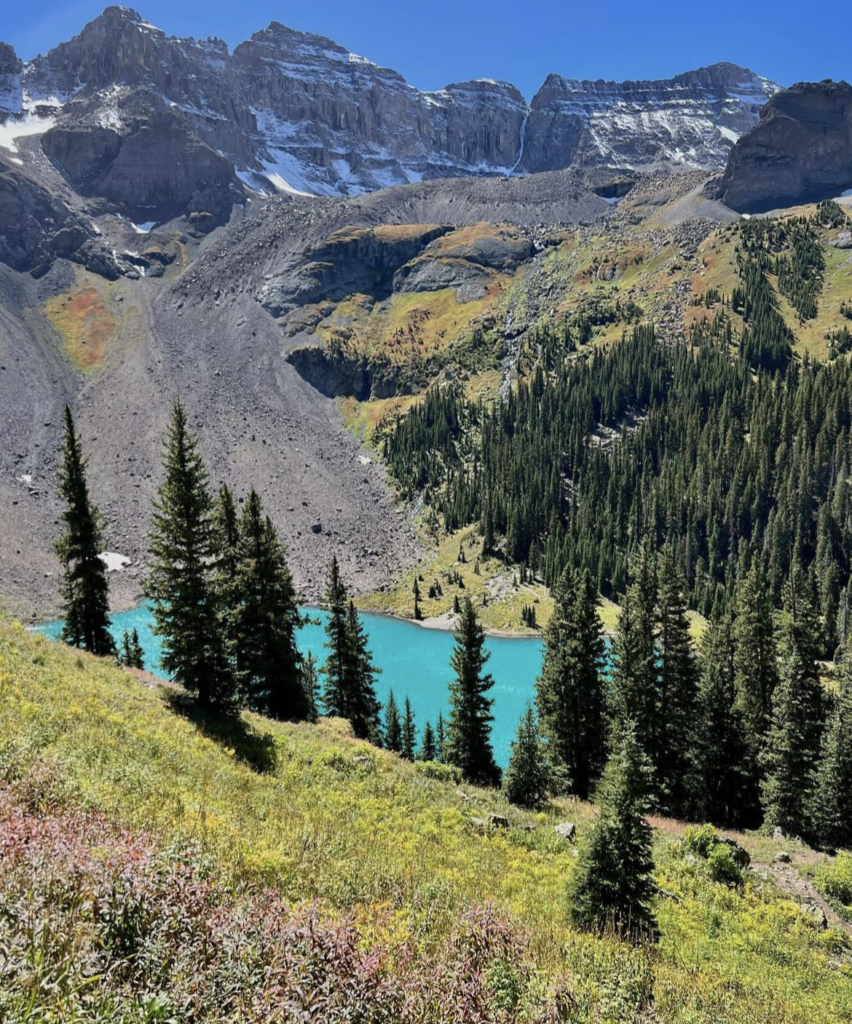
Best Time to Visit the Blue Lakes Trail Colorado
The best time to hike this trail is DEFINITELY during the spring and fall seasons. This is due to the comfortable temperatures (and good weather conditions) and MODERATE CROWDS present during these times.
THE PERFECT MONTH?
April!
Visiting early in the MORNING is highly recommended, especially during spring, summer, and fall.
WHY?
On the one hand, the way the light falls on the lakes enhances the beauty of these Colorado lakes.
On the other hand, in the afternoon the temperatures climb and most of the hike DOES NOT have any shade!
It’s worth noting, that on overcast days or in the early morning before the sun fully illuminates the lake, the colors may not appear as bright, so visiting during the sunnier parts of the day can offer the most vibrant and picturesque views.

The Lakes
Lower Blue Lake:
The first lake you’ll encounter on the trail is the Lower Blue Lake. This is a very popular destination for many hikers due to its relative accessibility.
The hike from the trailhead to Lower Blue Lake is about 3.39 miles (5.5km) with an elevation gain of around 1,621 feet (494m). The lake offers stunning views and is a great spot for a rest or picnic.
Middle Blue Lake:
After the Lower Blue Lake, if you continue along the trail, you’ll reach the Middle Blue Lake. It’s nestled slightly higher up in the mountain range and provides different, but equally stunning, views of the surrounding wilderness.
To reach the middle lake, you will take a left at the sign that marks the paths for the Lower and Middle Lakes. You’ll cross a small creek and from there, the trail becomes unmarked and somewhat confusing.
Head northeast where you’ll find numerous paths that converge in the same direction. Simply follow any of these paths, and you should stay on course.
Upper Blue Lake:
The final lake on the trail is the Upper Blue Lake, which sits at an elevation of 11,720 feet (3,572m). From here, you’ll have outstanding views of Mt. Sneffels and other surrounding peaks. The Upper Blue Lake is a little more than a quarter-mile away from the Middle Blue Lake.

Each lake has its own unique charm and beauty, making the trek along the Blue Lakes Trail a memorable experience. Remember to bring your camera to capture the stunning turquoise waters and the majestic mountain vistas.
Camping at the Blue Lakes Trail
Camping at the Blue Lakes Trail in Colorado offers an amazing experience in nature with stunning views of alpine lakes and the surrounding mountains.
The area around the trailhead is a dispersed camping area, allowing overnight parking and camping. It’s important to note that it can be challenging to find a flat area for setting up camp.
The Blue Lake Campground is a developed campground with both reservable and first-come-first-served sites. Besides camping, this campground offers attractions like lake and stream fishing.
The Blue Lakes Trail is considered one of the best backpacking trips in Colorado due to its pristine natural beauty and spectacular views.

There are also other campgrounds nearby, such as the Bear Lake Campground, which you might consider for camping.
While camping, it’s crucial to follow the “Leave No Trace” principles, especially in dispersed camping areas where services might be limited or non-existent. This is also true for most of the national parks in the US, among them are the Everglades and Francis S. Taylor Management Area and Zion National Park.
Where To Stay When Hiking the Blue Lakes Trail
For the ideal starting point for this hike, consider staying in Ridgway, Ouray, or Telluride. The trailhead for the northern Blue Lake is approximately a 45-minute drive from Ridgway, a 1-hour drive from Ouray, or a 1.5-hour drive from Telluride.
Below we list our recommendations for comfortable accommodation, in addition to the campsites listed above:
Luxury:
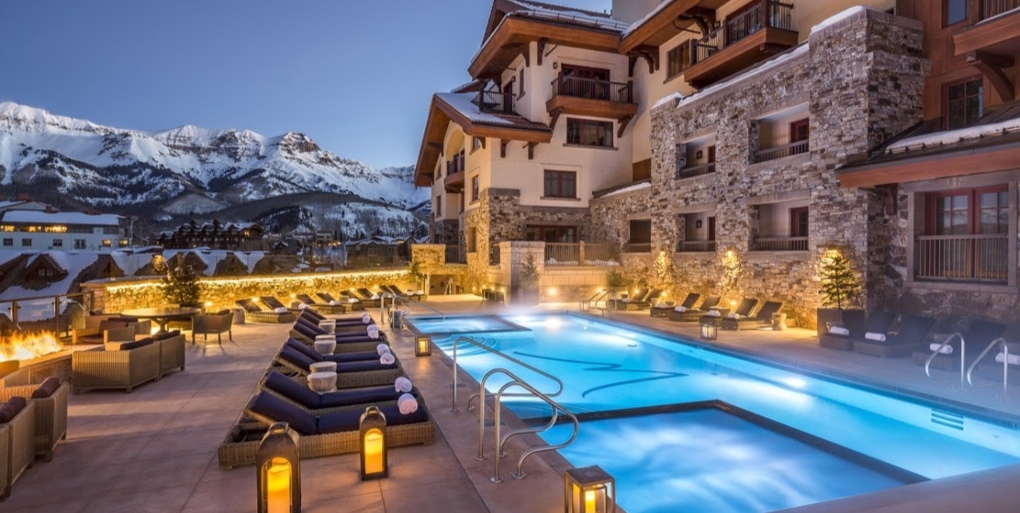
Madeline Hotel & Residences, Auberge Resorts Collection is a gorgeous luxury hotel (the closest 5-star hotel to the hike) in Telluride that offers high-end amenities and services.
Mid-Budget:
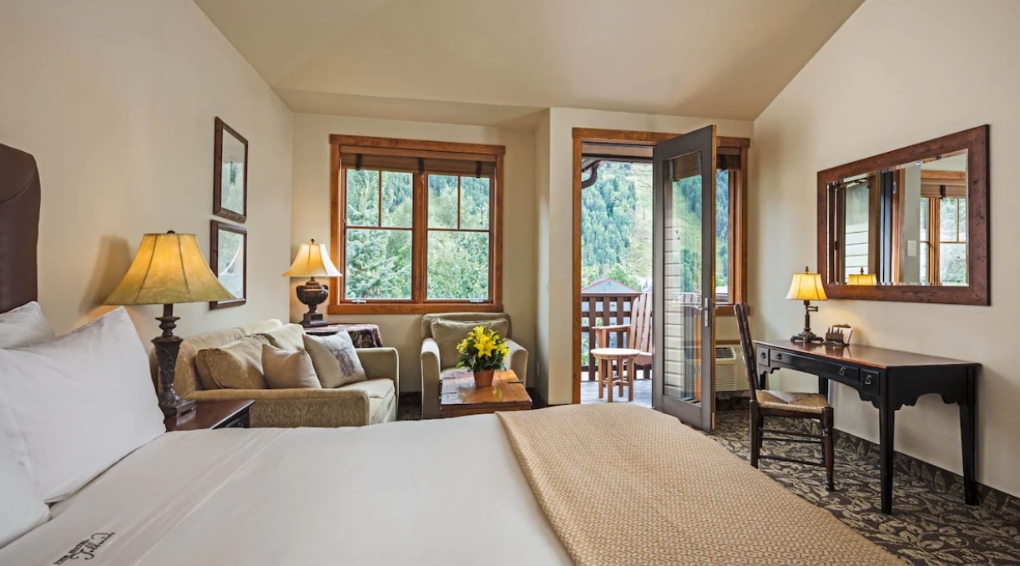
The Hotel Telluride is another great option, offering a comfortable stay with reasonable pricing. It’s pet-friendly and offers plenty of amenities.
Budget:
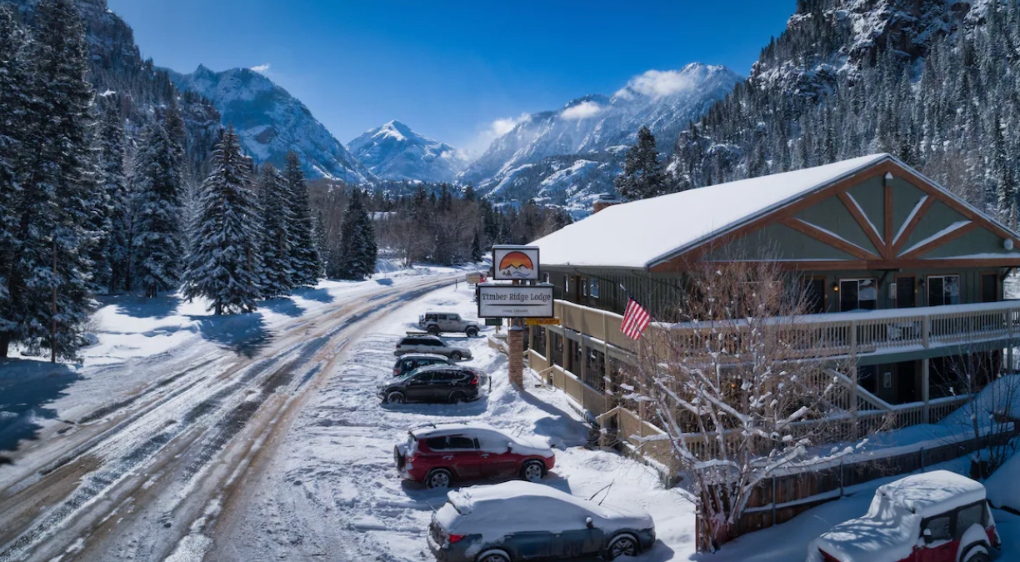
Timber Ridge Lodge offers well-rated, affordable accommodations in Ouray, not far from the Blue Lakes Trailhead.
Restaurants
Hungry after a long hike? We got you COVERED!
Below is a list of restaurants near the Blue Lakes Trail Colorado:
Nearby Attractions to Blue Lakes Trail
If you have some time left after the hike to the Blue Lakes Trail Colorado, visit these ATTRACTIONS below!
- Ouray Via Ferrata: This is a guided climbing route in the heart of Ouray, also known as the “Switzerland of America”. It’s a thrilling adventure for those who are not afraid of heights.
- Telluride Via Ferrata: Similar to the Ouray Via Ferrata, this climbing route offers stunning views of the San Juan Mountains and the town of Telluride.
- Telluride Rafting on the San Miguel River: A popular activity for thrill-seekers and nature lovers alike. This whitewater rafting trip takes you through the scenic San Miguel River.
- McCullough Gulch: A beautiful hiking trail located near Breckenridge, known for its waterfalls and wildflowers.
- Boreas Pass Road: A scenic drive that offers panoramic views of the Tenmile Range and the town of Breckenridge.
- Hope Lake Trail: Another stunning hiking trail near Telluride, known for its beautiful alpine lake and wildflower meadows.
- Cascade Falls: A popular hiking destination in Ouray, where you can enjoy the view of a beautiful waterfall.
- Lower Calf Creek Falls: a popular hike where you follow a trail to a big waterfall!
Final Tips and Tricks
With this list, we want to FULLY prepare you for the hike. BEWARE OF THESE THINGS…
Warm Weather:
- Begin your hike early in the morning to avoid the peak heat of the day.
- Wear breathable, lightweight clothing to help stay cool.
- Apply sunscreen frequently to avoid sunburn.
- Use a hat and sunglasses to shield your face and eyes from the sun.
Muddy Ground:
- Wear hiking boots with a good grip to handle the muddy terrain.
- Use trekking poles for additional stability.
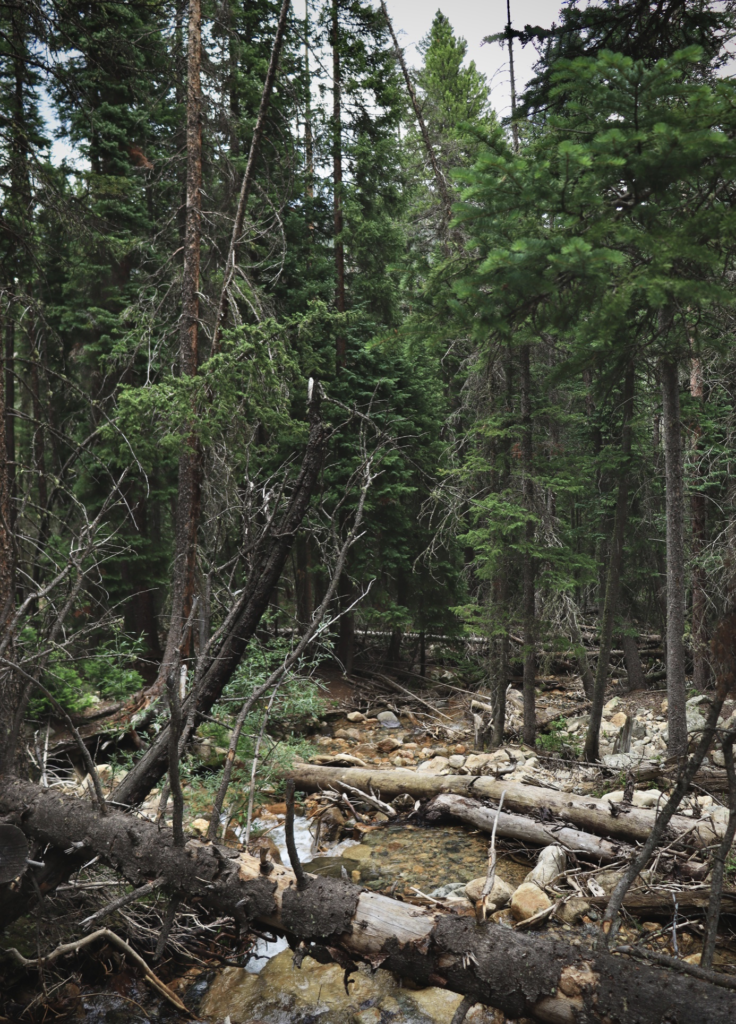
Swimming:
- Pack a swimsuit and fast-drying towel if you plan to swim at the lakes – though the waters are usually frigid!
Hydration:
- Bring more water than you might need (we recommend at least 2 liters per person).
- Hydrate regularly, even if you don’t feel thirsty.
- Consider bringing a water filter or purifying tablets if you plan to refill your water bottle from a natural source.
Trail Map:
- Download the map of the trail here before you start your hike.
- Familiarize yourself with the trail and any notable landmarks.
- A GPS device can also be helpful for navigation.
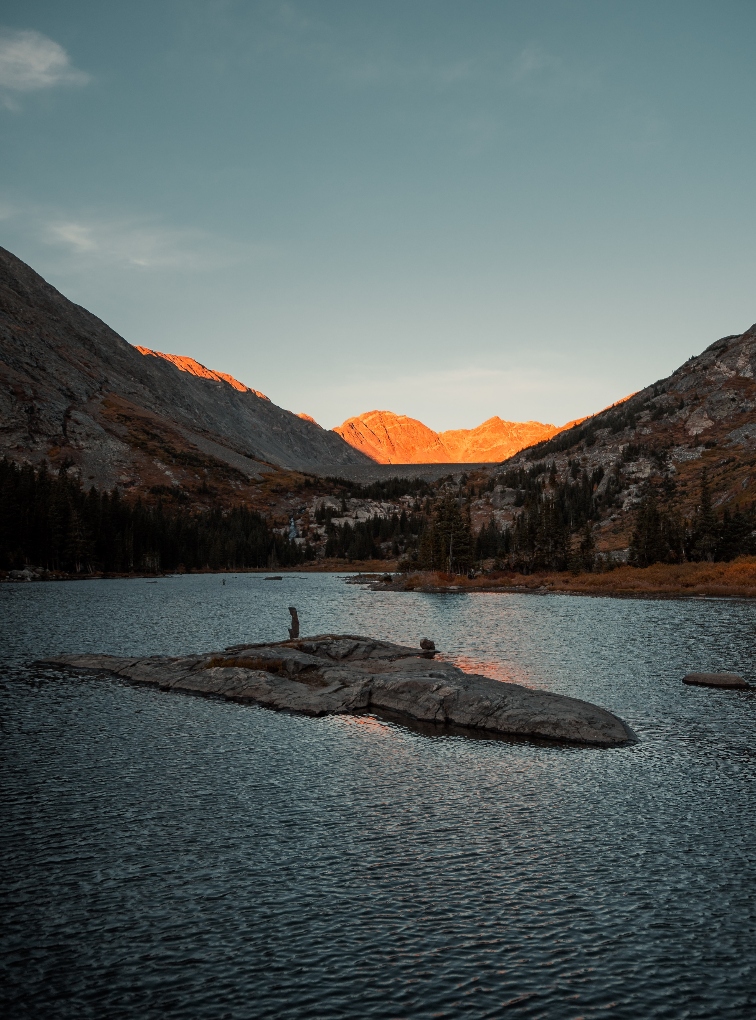
FAQs
The Blue Lakes Trail in Colorado can be considered moderate to strenuous, depending on your fitness level. The trail is about 6.3 to 11.0 miles round trip with an elevation gain of 1,590 ft. to 3,650 ft.
Yes, dogs are allowed on the Blue Lakes Trail Colorado, but they must always be kept on a leash.
Yes, camping is allowed at the Blue Lakes Trail in Colorado. The area around the trailhead is known as a dispersed camping area and it allows overnight parking and camping.
⭐️ There is also a developed campground named Blue Lake Campground that has reservable and first-come, first-served sites, although you should check its current status as sometimes it may be closed for safety reasons.
Swimming is generally discouraged in alpine lakes due to the fragile ecosystem and the low temperatures of the water. However, there may not be specific regulations prohibiting it. It’s always best to check with local authorities or the managing agency for the most accurate information.
Typically, no permits are required for day hiking on the Blue Lakes Trail. However, if you plan to camp overnight, you may need a permit. Always check with the local forest service or park management for the most up-to-date information.
Yes, feel free to cast your line in these lakes or the nearby Dallas Creek to catch trout and other fish. However, always ensure you possess a valid fishing license, and remember to check for the most current regulations and permit requirements.

Conclusion: Hiking the Blue Lakes Trail in Colorado
With this informative guide, you will be well on your way to a stunning hike to the Blue Lakes! Make sure to save this post to reference any useful information prior to your adventure.
Looking for resources to use for your next trip or move abroad?
CLICK HERE for my favorite travel and expat tools!


